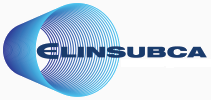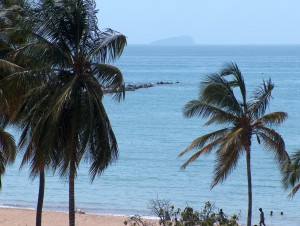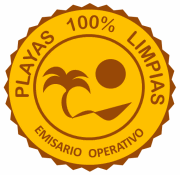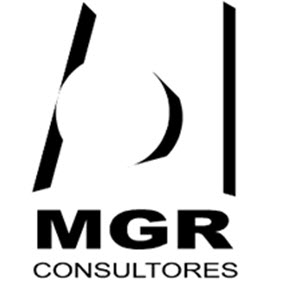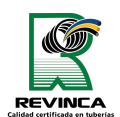Treatment system that uses the purification capacity of the sea:
Waste of human origin have come to the seas for thousands of years, where there has been the assimilation of this organic load through the purification capacity of the ocean. In the past, when we lived in settlements with small populations could live in balance with the environment without waste represent a pollution problem because it came through rivers and runoffs in concentrations they remained below the purifying capacity these natural areas. However, today we have adopted a lifestyle that has led to the creation of highly populated cities, being necessary to continue taking advantage of the immense purification capacity that provides oceans but requiring a device to help transport wastewater to remote areas of shorelines.
Technology that harmonizes with the planet:
The outfall is a system designed to harmonize with the natural process of self-purification which establishes the planet. This should ensure through processes of dilution, dispersion and bacterial decay, that sewage from cities and coastal villages are degraded naturally by the purification capacity of the oceans.
How does an outfall:
- The residual water is discharged through several openings in the diffuser (nozzle) as a series of jets, horizontal, round and high speed that produces turbulence and mixing.
- Dilution occurs during the first few minutes, quickly seawater mixes with sewage and pen tends to rise by the difference in density of the two media.
-
Dilutions reached within that region, known as near field (or mixing zone) are typically in the order of hundreds (minimum 1: 100) and could reach losmiles (1: 2000 for example). Therefore, concentrations of pollutants are reduced quickly and substantially.
- Dilution pen still drifting with the ocean currents and is spread by oceanic turbulence, causing the transport of this and dispersal at sea. this happens biological treatment of wastewater in the area of dilution and dispersion due to the assimilative capacity of the sea.
- Another important process is the bacterial decay, is the death of these microorganisms because the sea destroys most terrestrial organisms thanks to the action of high salinity, temperature and ultraviolet radiation from sunlight.
- The rapid uptake of substances by the marine environment and the bacterial decay ensures that dilution outfall is perfectly compatible with the most restrictive applications including use for swimming, fishing, recreation and sports.
Sanitation in Latin America beaches waiting:
The situation reflects the Pan American Health Organization (PAHO) in its publication entitled “Disposal of sewage in coastal cities, applying outfalls,” states the following:
“It is common practice in coastal cities discharge their wastewater untreated into the nearest body of water or more convenient and usually neglected its environmental consequences and health, mainly due to lack of financial resources. In most coastal cities in Latin America and the Caribbean, raw sewage discharges occurring on or very near bathing beaches. Geometric mean total coliform levels above 100,000 MPN / 100 ml has been frequently observed in public bathing beaches with individual measurements at times approaching levels of raw sewage. Wastewater discharges near the coastline cause aesthetic problems, pose potential risks to the ecology and public health and sometimes involve restricting tourism negative economic consequences. “
PAHO report concludes, as a strategy that:
“The economic situation in Latin America does not allow the adaptation of control techniques water quality used in developed countries. For example, the secondary treatment applied to wastewater in developed countries represents a cost that may not be feasible for the countries of the region and unnecessary to achieve water quality goals. On the other hand, outfalls provide an efficient, safe and relatively inexpensive technology for the disposal of sewage and when they are designed appropriately and combined with preliminary or primary treatment, can achieve the objectives of water quality and minimize adverse impacts environment / ecology and public health. The coastal population and living near estuaries, potentially served by outfalls, was estimated at 110 million in 2000, with a consequent wastewater flow of about 250 m3 / s. The proper disposal of this wastewater is critical for the future development and environmental welfare of the region. “
Source: (PAHO) Pan American Health Organization.
Adapted by: Sergio Elena (Mechanical Engineer).
